19+ Underwater Movies: The Art of Aquatic Horror
Jump in. The water is warm. 🔪
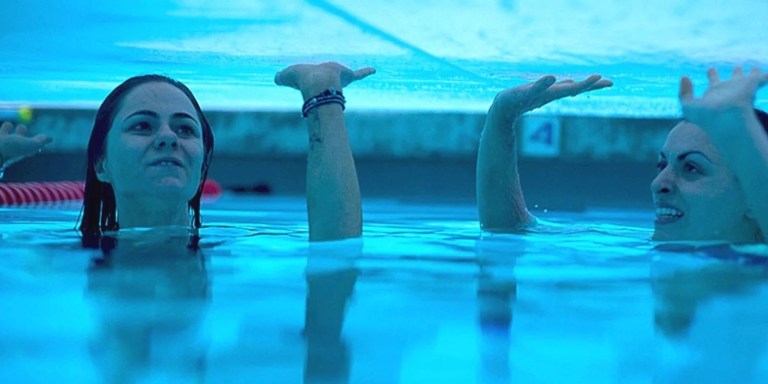
Thalassophobia is the clinical term for a fear of the deep, dark ocean, and it seems to be a condition which all of us suffer from to one degree or another. It is derived from two Greek words meaning “fear” and “ocean.”
We are all evolved from the ocean, yet we are also separated from its environment by millions of years of evolution. Being surrounded by darkness and water and alien creatures evokes a primal fear in all of us—which is why underwater movies form a distinct genre of horror.
Table of Contents
The following films feature sharks and sunken ships and watery darkness and the creeping terror that one may never see land alive again.
Best Underwater Movies
City Beneath the Sea (1953)
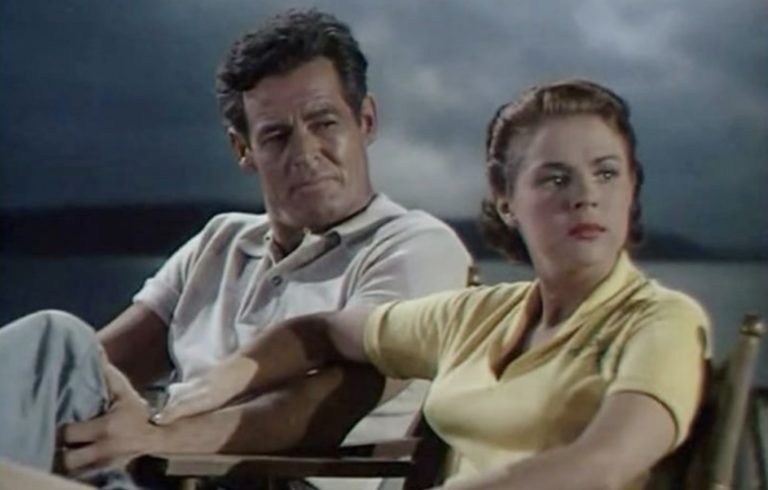
Based on the book Port Royal: The Ghost City Beneath the Sea, the film’s plot involves two salvage divers in Jamaica who are hired to find The Lady Luck, a sunken ship that allegedly holds a treasure of one million dollars in gold. The divers don’t find a ship, but they do find an entire sunken city—Port Royal, which was obliterated by a 1692 earthquake. But there’s a catch—the man who hired the divers has taken out a lucrative insurance policy, and the last thing he wants is for them to find the gold, and he will stop at nothing to make sure they don’t.
The Silent Enemy (1958)
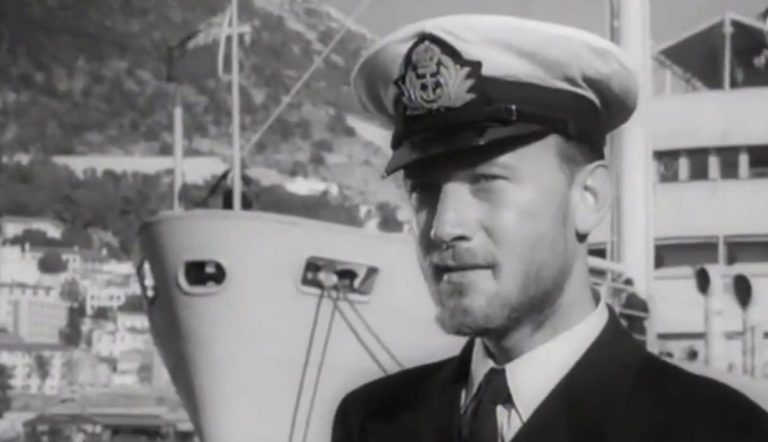
The Silent Enemy takes place in World War II and is based on the real-life story of Lionel “Buster” Crabb (Laurence Harvey), an ace diver in the British Navy who was tasked with subverting Italian Navy frogmen who were placing bombs on the hulls of English warships near the Rock of Gibraltar. A review for The Movie Scene says, “’The Silent Enemy’ is a blend of fact and fiction, a blend which is so cleverly put together that unless you know the truth it would be easy to believe much of what is presented to be the truth….It is entertaining with some wonderful action, drama and humour but also a real sense of atmosphere which makes it more than just another war movie from a bygone era.”
Jaws (1975)
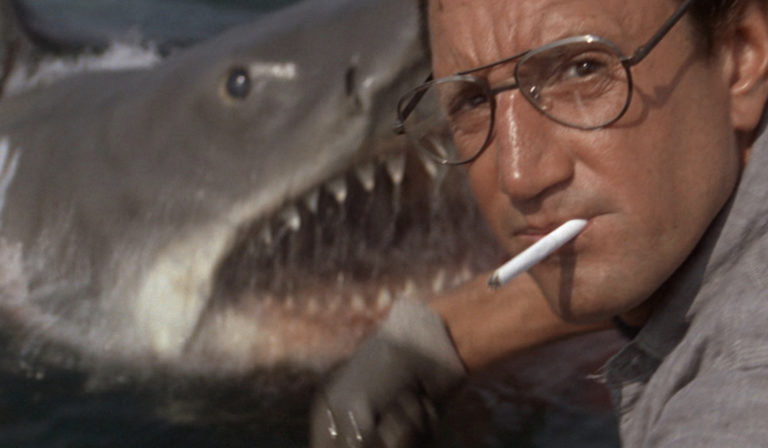
Before Jaws came along, summertime was usually when Hollywood scheduled all the films they thought weren’t likely to be huge successes, but this tale of a giant great white shark terrorizing a small New England town basically invented the “summer blockbuster.” Over 67 million people flocked to theaters to see it in the summer of 1975, making it the first film in history to gross over $100 million at the box office. Based on a Peter Benchley novel of the same name and also on a series of real-life shark attacks along the New Jersey coast in 1916, Jaws caused a mass panic not only in theaters, but in beaches around the world for quite some time after its release. The latter half of the film stars only four characters—the sheriff (Roy Scheider), a marine biologist (Richard Dreyfuss), a crusty old fisherman (Robert Shaw), and the monster shark that stalks them while they stalk it. Shaw’s memorable monologue about a days-long attack of sharks on sailors treading water in the Pacific Ocean is based on the real-life story of the sinking of the USS Indianapolis during World War II.
The Deep (1977)
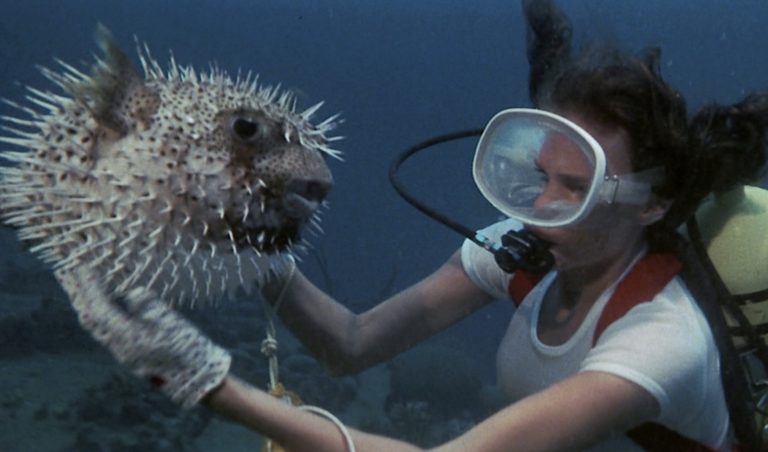
Capitalizing on the massive success of Jaws—and based on another novel by Peter Benchley—The Deep pits two treasure-hunting deep-sea divers (Jacqueline Bisset and Nick Nolte) who accidentally discover $2 million worth of morphine while swimming amid the remains of a World War II shipwreck against a local group of Bermuda criminals who want the booty for themselves. Robert Shaw returns as a lighthouse-keeper who is also an expert on buried treasure and deep-sea diving, and his character was based on real-life treasure-seeking diver Teddy Tucker, who served as a consultant on Peter Benchley’s novel.
Virus (1980)

Released in Japan as Fukkatsu no hi (Day of Resurrection), the main theme of the film is that microbiologists have accidentally unleashed a pandemic upon the planet that comes to be known as the “Italian Flu,” and Cold War superpowers Russia and the USA are locked in a death struggle to develop the vaccine first and save their nation from obliteration. A subplot involves 855 men and women stationed in Antarctica who are isolated from the ravages of the virus because it cannot survive at temperatures under ten degrees Celsius. The underwater element involves British and Soviet submarines who are racing each other to reach safety in Antarctica.
For Your Eyes Only (1981)

This Cold War-era James Bond thriller stars Roger Moore as Agent 007, who is tasked to find a missing British ship that is fitted with a weapons-encryption device that the British Navy doesn’t want to fall into the hands of the enemy Russians. Of course Bond’s mission requires him to take along a beautiful Bondgirl (Carole Bouquet), so together they dive in a mini-sub, swim through the sunken wreck in wet suits, evade bombs, and are dragged through the water as shark bait by a sadistic villain.
Leviathan (1989)

The years 1989 and 1990 saw the release of six big-budget underwater-monster films—Leviathan, The Abyss, The Evil Below, Deep Star Six, and The Rift. Of these, only The Abyss was a huge box-office success. The plot of Leviathan involves a manipulative female CEO who sends a team of deep-sea miners on an underwater mission ostensibly to study the remains of a sunken Soviet freight ship, only to be attacked by a gigantic mutant sea creature who is the result of a failed genetic experiment. But it turns out that the CEO had more sinister intentions—she was using the last failed genetic experiment to conduct new genetic experiments on the divers. Nick Pinkerton of the British Film Institute calls it “a wet and wild documentary like nothing you’ve seen (or felt).”
DeepStar Six (1989)
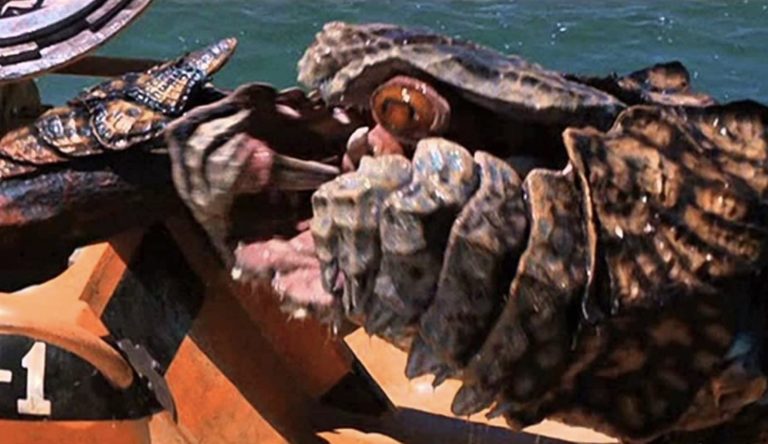
A crew of Navy personnel who are temporarily stationed at the bottom of the ocean unleash a depth charge to collapse a cavern they intend to explore, unwittingly releasing a giant prehistoric crustacean that relentlessly attacks them. According to a review in Moon Wolves, “the real strength of the film lies in the monster. He’s a big, bold bastard of a special effect, and if I ignore the quibble about continuity (he seems to shrink as the film goes on as required), I have to say that he really knocks the sea water out of the other watery beasts. Basically, he’s a big worm with lots and lots of teeth and a fairly insatiable appetite.”
The Abyss (1989)
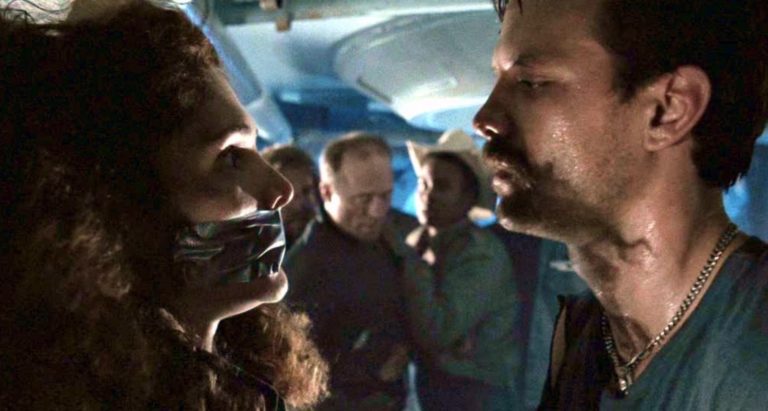
While a diving team searches for a lost nuclear sub, they run across an alien marine species. The film was nominated for four Oscars and won for Best Visual Effects. Lead actor Ed Harris was said to have punched director James Cameron in the face when Cameron kept filming while Harris appeared to be actually drowning. Harris later said told a reporter that “Asking me how I was treated on The Abyss is like asking a soldier how he was treated in Vietnam.” Cameron himself almost drowned while filming at the bottom of a water tank. Although The Abyss was a box-office smash, The Washington Post panned it: “Like the Titanic, ‘The Abyss’ was a deluxe cruise till it went down. Deemed unsinkable, the undersea thriller had a budget that would choke a beluga. Director Jim Cameron and producer Gale Anne Hurd, creators of ‘The Terminator’ and ‘Aliens,’ seemed unstoppable. And then they met their waterlulu.”
The Rift (1990)
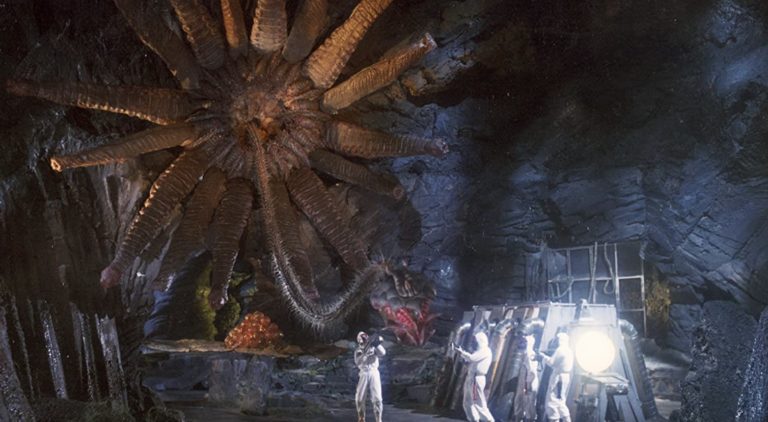
A submarine named Siren II dives into the ocean’s murky depths to retrieve the missing Siren I, only to get ensnared in a giant cluster of poisonous seaweed. Bad Movies gave it a positive review for its “numerous vicious monsters – There are more than I can count: killer kelp, giant sea slug thing, walking fish lizard, huge tentacle thing, burrow in wall with brains for eyes things, killer eel creature, the starfish from Hell, and kinda humanoid baby thing-a-ma-jigs.” Also released as Endless Descent.
Sphere (1998)
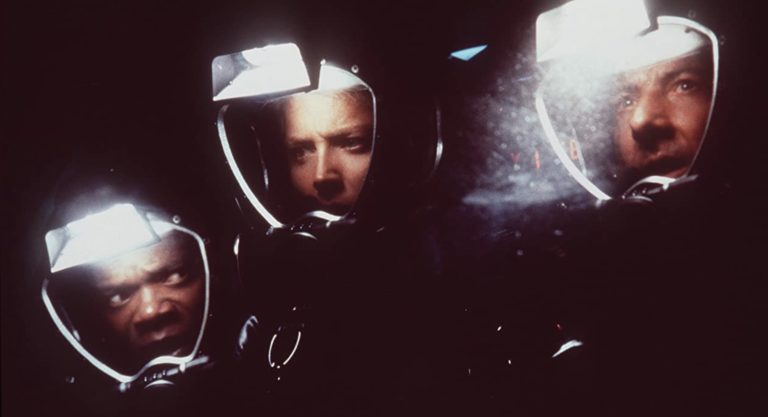
In this Barry Levinson film, a team of underwater researchers (among them Dustin Hoffman, Sharon Stone, and Samuel L. Jackson) discover a massive spherical spaceship buried under three centuries of coral growth on the ocean floor. It also emits a strange hum, suggesting it is still inhabited. Roger Ebert dismissed Sphere as “a watered-down take on the sci-fi classic Solaris, by Stanislaw Lem, which was made into an immeasurably better film by Andrei Tarkovsky.”
Deep Rising (1998)
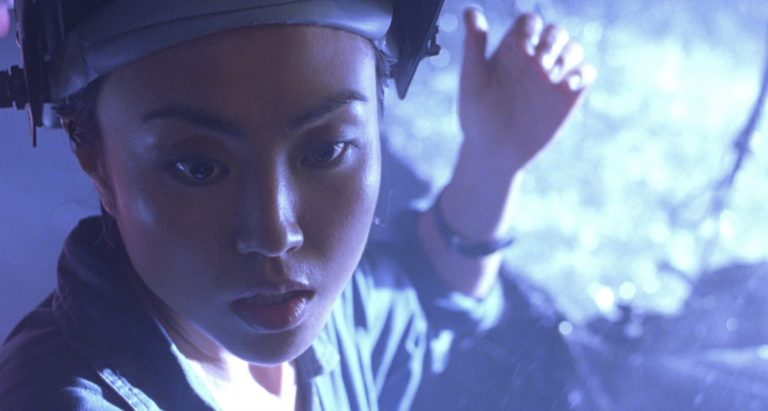
After a group of gun-toting bandits board a South Pacific luxury liner to loot it, they are greeted by a squadron of giant, octopus-like creatures who have already hijacked the ship. Roger Ebert placed Deep Rising on his “Most Hated” list, writing, “‘Deep Rising’ could also have been titled ‘Eat the Titanic!’ It’s about a giant squid that attacks a luxurious cruise ship in the South China Sea….Bemusing, how much money and effort go into the making of such a movie, and how little thought. It’s months of hard work—for what? The movie is essentially an ‘Alien’ clone with a fresh paint job.”
Deep Blue Sea (1999)
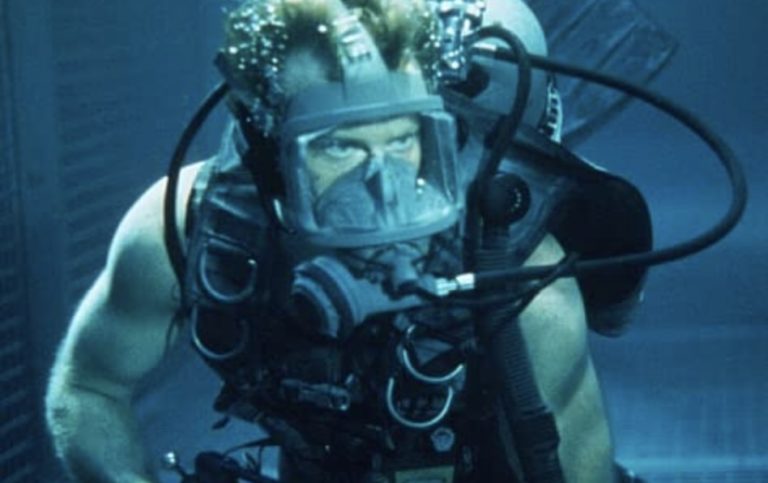
Realizing that unlike human brains, shark brains never deteriorate as they age, a group of scientists in an underwater facility research shark brains as a cure for Alzheimer’s disease. Yet in the midst of their studies—and to their helpless terror—the sharks suddenly become five times more intelligent and are able to attack the underwater station with a human level of cunning and planning. Roger Ebert praised the film: “After slogging through the predictability of countless would-be action thrillers, I admired the sheer professionalism of this one, which doesn’t transcend its genre, but at least honors it.”
Below (2002)
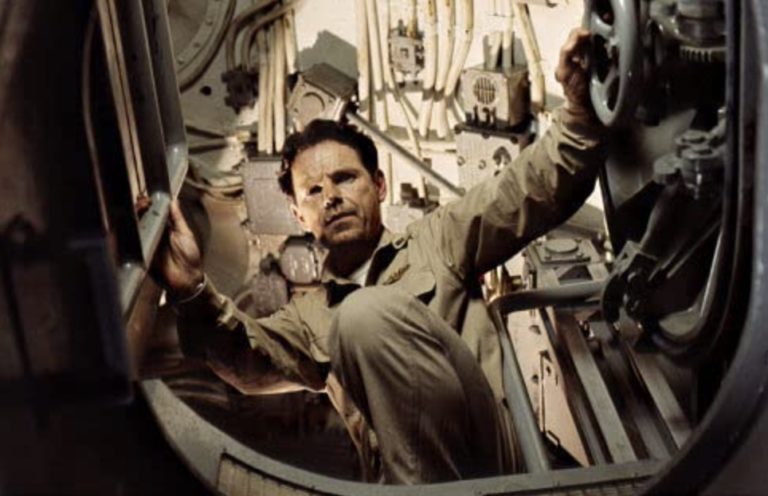
After losing their captain at sea, a World War II submarine called the USS Tiger Shark picks up three survivors—including a woman—who have been stranded in the middle of the ocean, intensifying conflict in this claustrophobic environment, especially as all the men vie for the sole woman’s attention. Roger Ebert writes, “‘Below’ has ambitions to be better than average, but doesn’t pull itself together and insist on realizing them.” Comedian Zach Galifianakis stars in his first serious role.
K-19: The Widowmaker (2002)
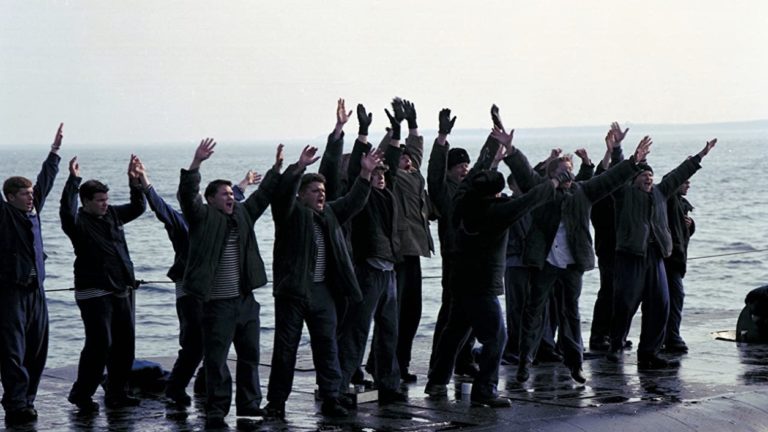
Hollywood stalwarts Harrison Ford and Liam Neeson adopt Russian accents in this Cold War-era tale of a Russian submarine that suffers a sudden nuclear malfunction. The film is set in 1961—the peak of Cold War tensions—and the drama revolves around the fact that a complete nuclear meltdown would invariably trigger World War III and the end of civilization. The Russians all agree that the end of the world would be preferable to the Americans stealing their new nuclear technology.
Open Water (2003)
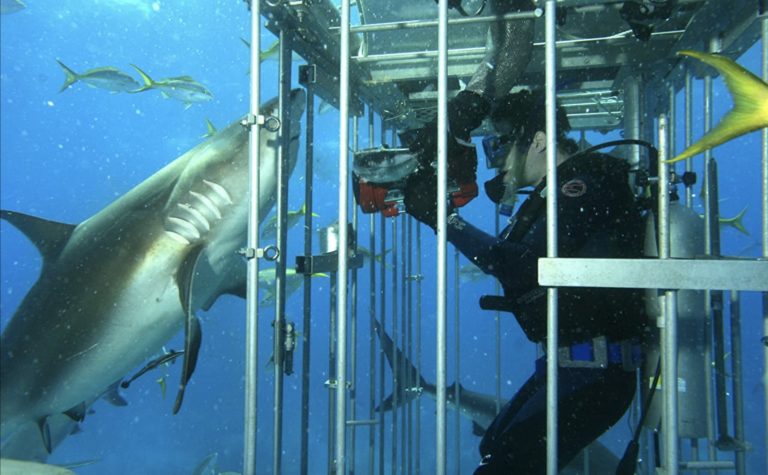
This maritime thriller is based on the real-life 1998 story of Tom and Eileen Lonergan, an American couple who went scuba diving with a professional tourist company but were left stranded at sea and surrounded by sharks when the tour boat accidentally left without them. The film was made for only $130,000 by a husband-and-wife pair of scuba divers named Chris Kentis and his wife Laura Lau. Roger Ebert praised the film highly: “Rarely, but sometimes, a movie can have an actual physical effect on you. It gets under your defenses and sidesteps the ‘it’s only a movie’ reflex and creates a visceral feeling that might as well be real. ‘Open Water’ had that effect on me….To be left behind stirs such anger and hopelessness.”
Ghosts Of The Abyss (2003)
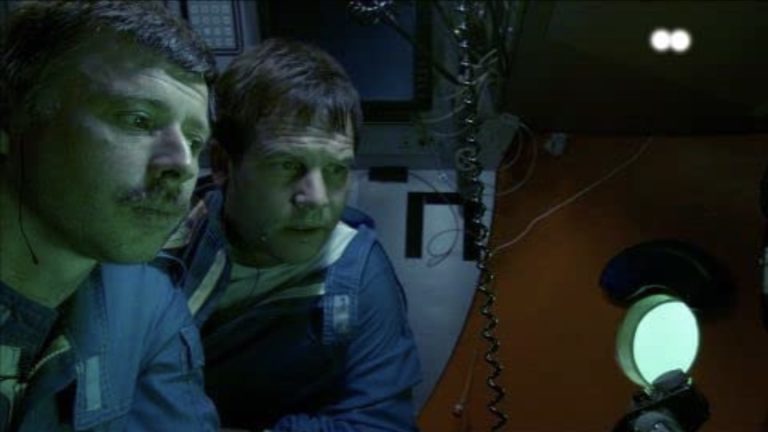
Capitalizing on the success of his oceanic-tragedy sagas The Titanic and The Abyss, James Cameron returns to the bottom of the ocean for this documentary about the actual wreck of the Titanic. A high-tech light “chandelier” was suspended above the wreckage during filming, allowing for images of the sunken ship that are at once fascinating and terrifying. Much of the ship’s contents are surprisingly intact even after nearly a century of decomposition underwater. The “Ghosts” in the title are special-effects overlays of actors who portray the souls who perished in the luxury liner’s infamous demise.
The Cave (2005)

A group of divers who are canvassing a network of underwater caves in Romania—a country with at least 12,000 registered caves—suddenly encounter packs of ravenous and violent sea creatures. The plot of The Cave is thought to have been inspired by H. P. Lovecraft’s 1916 short story “The Beast in the Cave.” The Austin Chronicle explains that “Here, the sacred mountain is buried within the earth itself: a massive, 90-mile-long cave complex that plummets downward, presumably to hell itself.” Much of the action was filmed within a manmade 750,000-gallon tank.
The Reef (2010)
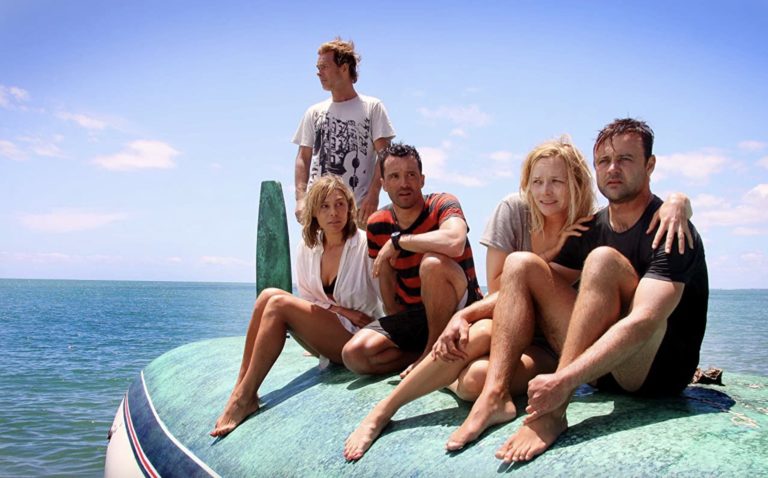
A group of tourists who are happily sailing along Australia’s Great Barrier Reef suddenly find their sailboat capsized and have to decide whether it’s worth it to swim the ten or so miles to land in what are notoriously shark-infested waters. One member decides to stay on the sinking boat, while the other four take the plunge—only to realize they are being directly targeted by a great white shark. According to Scary Minds, “There’s a feeling of total anarchy as things go down that will leave you breathless, when the shark does attack it’s sudden and deadly, you are left feeling like someone has hit you mid-temple with a sledgehammer.”
Pioneer (2013)
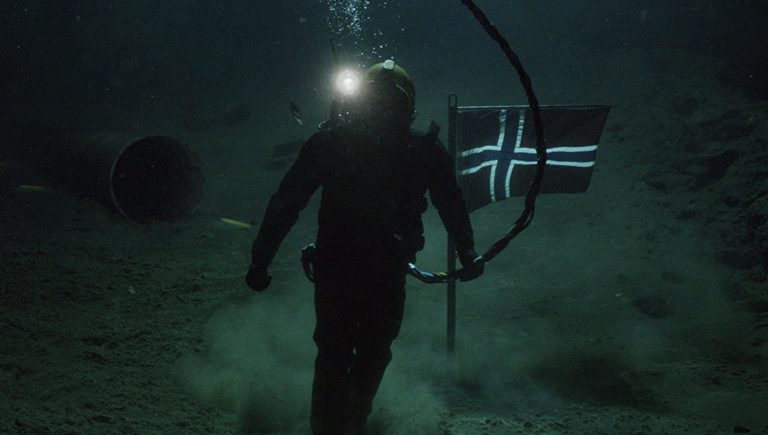
Loosely based on real-life events in the 1970s and 1980s surrounding the discovery of a giant reserve of gas and oil in the North Sea above Norway, a diver becomes obsessed with finding a way to build a pipeline on the bottom of the ocean—but his dreams end in tragedy. A reviewer at IMDb says, “this Norwegian drama seems to lack punch in the way it is presented and stretches credibility at times. However, it did hold my interest enough to want to know how it would all turn out.”
Pressure (2015)
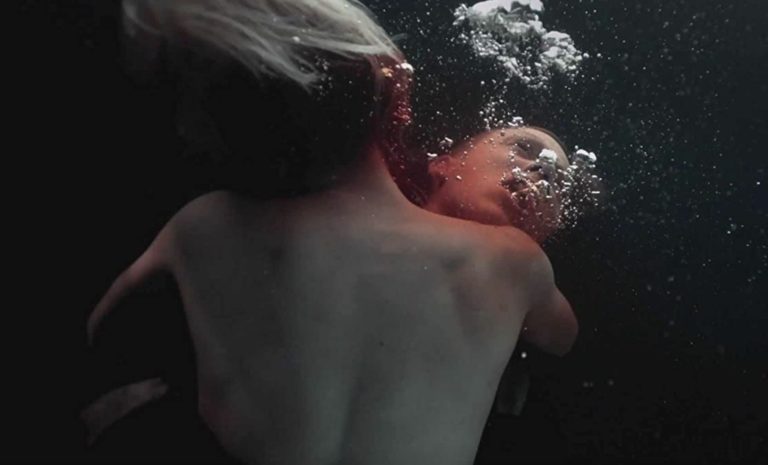
A team of male underwater welders is assigned to repair a pipeline 650 feet below the Indian Ocean’s surface. After finishing the welding job and experiencing turbulence, they head up toward the surface but strike a ship’s hull and are sent plummeting down to the ocean floor. As oxygen runs out and with no way to make contact with anyone on land, the group of men must team together to fight for their mutual survival. Horror Cult Films says “Claustrophobic thriller PRESSURE will put you off any sort of submersibles for life with its frightening tale of survival 650ft under the sea.”
The Shallows (2016)
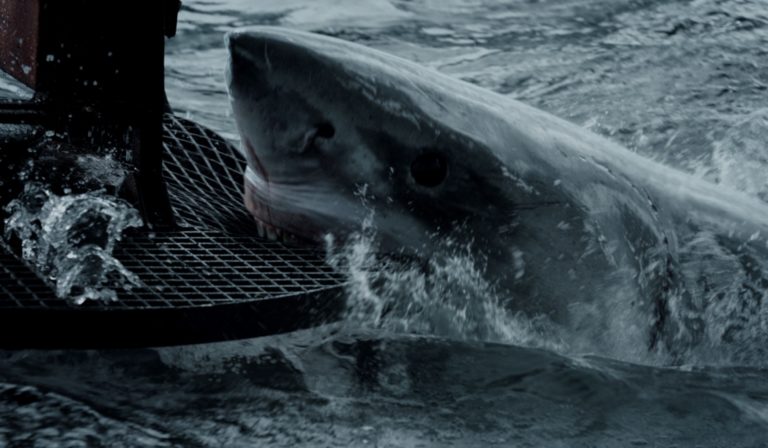
A surfer named Nancy is only 200 yards from shore when she is attacked by a great white shark at the beginning of the film. The rest of the film involves her hair-raising fight to reach the beach before the shark devours her whole. Although the film was a success, a reviewer for All Horror says, “The shark in The Shallows was just way too aggressive and persistent (and fireproof believe it or not).”
12 Feet Deep: Trapped Sisters (2017)

A psychological horror movie about two sisters who become trapped under the pool cover at a public pool after it closes for a holiday weekend. While the low concept plot seems ridiculous the cinematography is actually pretty cool and it’s not the worst underwater horror movie in this list. Tobin Bell has a small role as the pool’s caretaker, which left me wondering whether this film might take place in the Saw universe…
Cold Skin (2017)

Although most of Cold Skin takes place above ground on a remote, craggy island weather station, the smooth-skinned blue humanoid creatures who terrorize a young man and his older, craggy friend stationed there repeatedly emerge from the deep to inflict terror. As reviewer Nick Allen states, “The isolation isn’t a problem, so much as the sharp-toothed, blue creatures that swarm the island at night.” Cold Skin was based on a novel by Albert Sanchez Pinol.
47 Meters Down (2017)
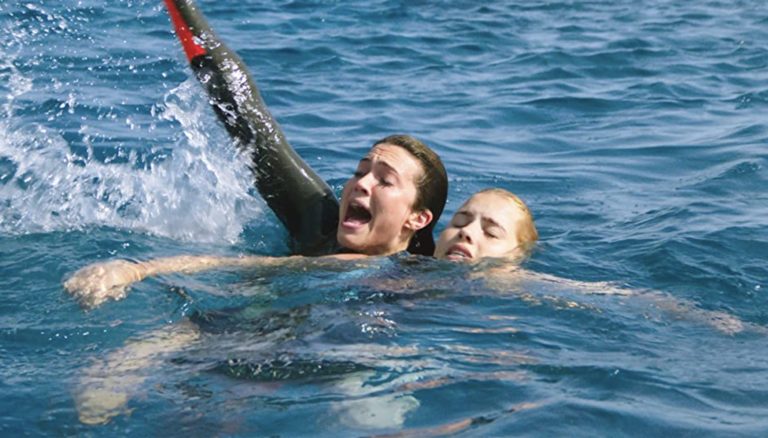
Although initially criticized for being a shameless ripoff of the previous year’s The Shallows, 47 Meters Down was actually filmed the previous year and then shelved by the producers in the hope that The Shallows wouldn’t steal all the attention. Two girls—one who was recently dumped by her boyfriend for being “boring” (Mandy Moore) and her mischievous friend (Claire Holt)—decide to take a dip in a shark cage. Unfortunately, the cables to the cage break loose, and it plummets about 150 feet down to the ocean floor. Surrounded by sharks and with their oxygen tanks dwindling, the girls frantically scheme how to survive.
The Meg (2018)
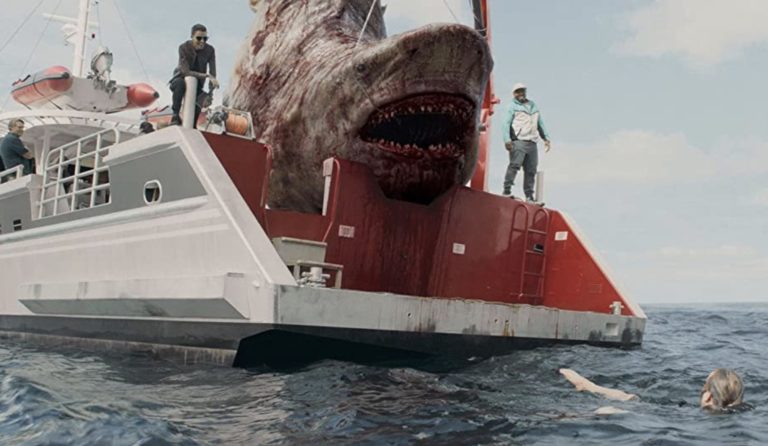
The megalodon—which translates as “big tooth”—is a legendary giant shark species that went extinct over three million years ago. The fossil records show that it was between 50 to 70 feet in length, dwarfing all known living shark species. In The Meg, a group of marine scientists researching the Mariana Trench—the deepest point in the Pacific Ocean, extending down nearly seven miles from the surface—run across a megalodon and seek to return it to humanity as a sort of aquatic King Kong. Reviewer Peter Sobczynski says, “When all is said and done, it is little more than a cheesy thriller in which a jumbo-sized shark wreaks havoc on the cast until Jason Statham arrives to save the day—the only real question being whether Statham will actually punch the creature into oblivion or not.”
Underwater (2020)
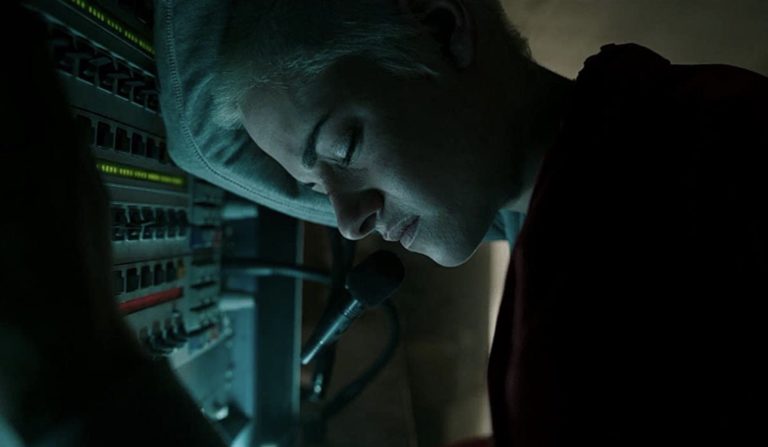
Yet another film set in the Mariana Trench—this time at a research and drilling facility located all the way down at the bottom, far below any reach of light and where the water pressure could crush a building—a crew of researchers scramble for safety after an underwater earthquake. Reviewer Brian Tallerico says, “‘Underwater’ is the kind of no-nonsense B-movie with an A-list cast that Hollywood used to make more often. It’s a lean and mean film that gets you into its action instantly and then doesn’t release the pressure until the ending credits.”